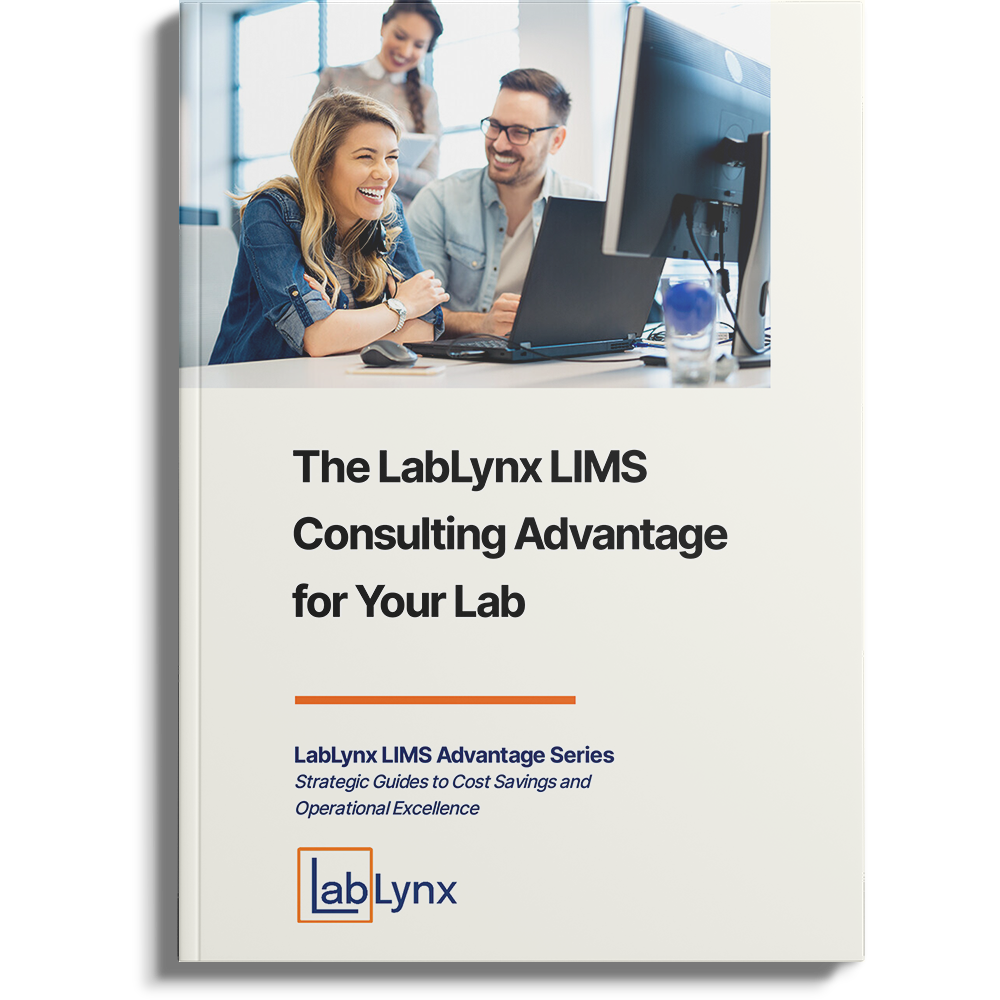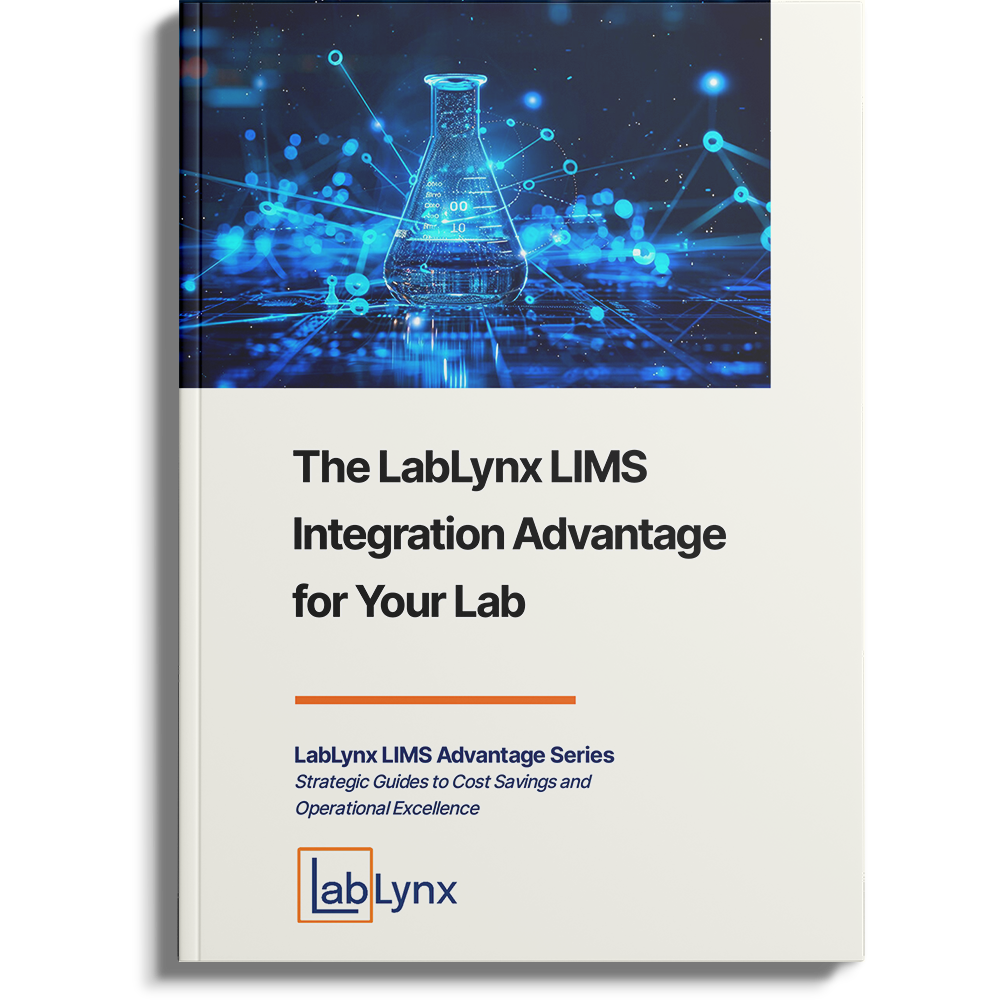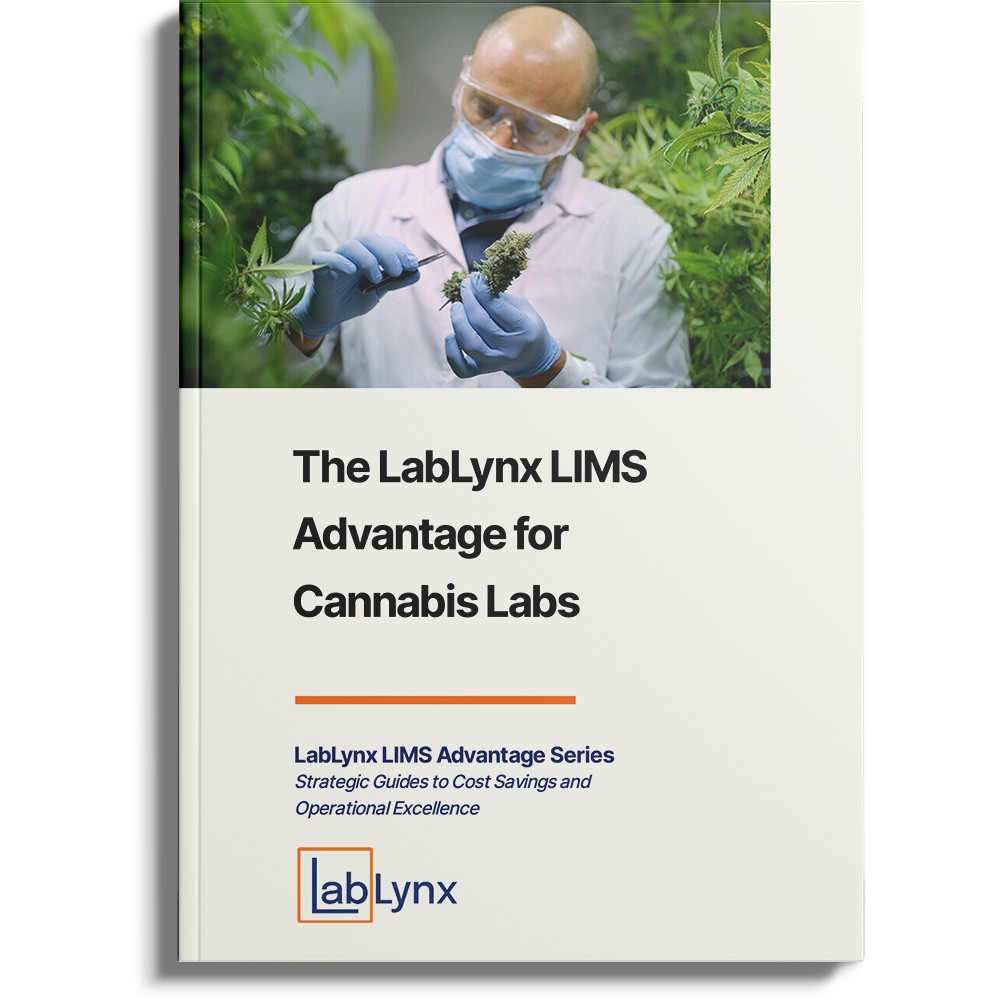
Many research and development centers increasingly generate and process massive amounts of data. As such, because of the volume and processing of data, in addition to the advancement of technology, laboratories need to upgrade their laboratory management and technology strategies to improve operations and minimize costs.
Within regulated labs, there has been a significant emphasis on data protection in recent years. Many of the control systems put in place to ensure safety or minimize concerns, however, are not real-time. For example, assessments performed on a monthly or quarterly basis are not only tedious, but it is all too easy to overlook inconsistencies when evaluating line after line of system updates. However, artificial intelligence (AI) could be used as a tool to identify any unusual patterns of activity or results that occur in the audit trails of informatics systems in real time.
AI’s widespread application in business has led to the advancement of tools and best practices for using it effectively. A 2020 study highlighted that companies are utilizing AI as a tool to create value [1]. Accordingly, that value is increasingly being delivered in the form of revenues.
Introducing AI into the automated laboratory can minimize errors caused by humans and better direct personnel towards core laboratory tasks, saving time and money while maximizing efficiency. Aside from providing end-to-end workflow management, ensuring traceability of results, and maintaining data integrity by adhering to conventional laboratory standards, it also makes the lab appear more professional.
Digital transformation and the introduction of the Laboratory Information Management System (LIMS) to strengthen the lab.
The laboratory is the quintessential example of a high-tech environment. Laboratories are becoming increasingly dependent on digital transformation to improve efficiency and reduce costs. This is enabled by allowing laboratories to store and access all their data in one place.
Digital transformation is helping laboratories improve data management by allowing them to:
- Improve the efficiency of their operations.
- Increase their productivity.
- Make better decisions about the use of resources.
Forgoing the conventional paper-based record-keeping method with an advanced laboratory information management system (LIMS) has enhanced and accelerated operations in every industry. Automated collection of information has improved efficiencies at the worktable. Implementation of cloud solutions has helped in knowledge sharing and dissemination of data among teams, eventually augmenting internal processes. Moreover, with improved security and upgraded plugins, people don’t feel vulnerable to cyber threats or other breaches of data. These and other innovations have helped organizations rapidly improve their laboratory operations.
LIMS and AI accelerate process improvement
AI and LIMS software have revolutionized the pharmaceutical industry, allowing it to centralize data, in turn optimizing operations. Whether it’s preparing proposals, disseminating data, or bringing new drugs to market, AI can play an instrumental role in every aspect of the pharmaceutical industry’s clinical research processes. As a result, these laboratories have been able to improve their decision-making capacities through comprehensive support. AI can also extract high-quality data directly from the LIMS software, a distinct source of clinical research data.
While traditional workflows depend on manual entry, recording, and analysis of data, it is mainly siloed and unstructured and is not easily accessible. Implementing advanced technologies like LIMS software has enabled professionals and enterprises to derive statistical breakdowns of a large volume of data, providing deeper insights and more agile business analytics.
By using predictive modeling approaches, AI helps researchers to increase the statistical significance of data acquired from study participants on a LIMS platform. It also automates clinical research procedures [S1] and simplifies a host of other tasks, like onboarding a patient, predicting results, and narrowing down the best drug candidate for development.
AI helps derive actionable insights and data in the pharmaceutical industry.
A significant amount of data is collected from the many trials regularly conducted in the pharmaceutical industry. However, to monitor relevant information, data must be documented and stored in an organized manner. Quality Pharmaceutical LIMS software can manage the booking, storage, and retrieval of patient data, as well as the generation and printing of reports using a structured query language and relational databases.
By integrating AI with LIMS, pharmaceutical labs can simplify and streamline tasks such as drug development, quality control, adverse event tracking, data management, and so forth. Deploying such technology will also lead to other innovations. AI will enable the industry to not only get more out of voice integration but also improve image processing for tag recognition, character identification in medical records, and patient history tracking, among other functions.
Furthermore, data extraction has become effortless with AI. While conventional processes offer limited assimilation of data, AI integrated with LIMS enables organizations to access accurate datasets using imprecise criteria. Incorporating AI with LIMS equips pharmaceutical laboratories with enhanced functionalities. For example, every time there’s a misinterpretation of data, researchers or technicians can run additional tests under comparable settings to assess accuracy.
AI and LIMS help identify patterns in pharmaceutical innovations.
The massive amount of data created during drug research and development is frequently segregated, stifling pharmaceutical innovation. A large share of these sets of data is often stored in databases or shared network files, with just a small number of people or organizations having access to them. Such limited access dramatically reduces retrieval and analysis efficacy. The problem, however, is further exacerbated by the volume of data and the complexity of unraveling it. The cause of this vulnerability can be traced back to conventional and outdated laboratory tools and software systems. A practical method of data management is to store data from several instruments in a central location and then connect the LIMS to other linked systems.
Machine or deep learning is used to screen large databases and identify patterns in innovations. These enhanced capabilities can be added to LIMS, decreasing the time spent extracting, aligning, and analyzing data. Due to this, medication developers can address complex issues more quickly, thus boosting innovation rapidly.
Subsequently, many drug developing companies rely entirely on AI to zero in on breakthrough medication and new drug development. With precision in analyzing lab data and presenting accurate and reliable insights, AI can significantly reduce the drug discovery timeline and uncover more viable drug candidates early, resulting in fewer failures and expenses.
Advanced digital systems and machine learning aid professionals with improved data mining and highlight safety insights that might otherwise go undetected. While the early diagnosis of potential complications, including the type of condition and safety concern of a patient is critical, it is dependent primarily on the lengthy process of detection, assessment, understanding, and prevention of a medication-related problem and other time-consuming protocols. Through machine learning and statistical algorithms, a lab-specific AI solution uses predictive analytics to identify trends, behaviors, risk factors, and untapped opportunities in data.
Conclusion
The only way to gain insights from historical data is to investigate the past. Implementing such insights to forecast the future can be effective in recognizing possible risks and seizing new possibilities.
To respond to today’s industry demands as quickly as possible, pharmaceutical labs need an all-inclusive solution. Technology and tools powered by AI can make clinical research operations more efficient and will most certainly redefine clinical research in the future. Clinical study and, as a result, patient management have been radically influenced by AI. It also plays a crucial role in the pharmacological development pipeline.
AI increases the likelihood of the development of innovative treatments and enables the development of drugs, both cheaper and faster. It also can boost pharmaceutical companies’ ability to bring more products to market, while incurring fewer expenses.
References
[1] https://www.mckinsey.com/business-functions/quantumblack/our-insights/global-survey-the-state-of-ai-in-2020




